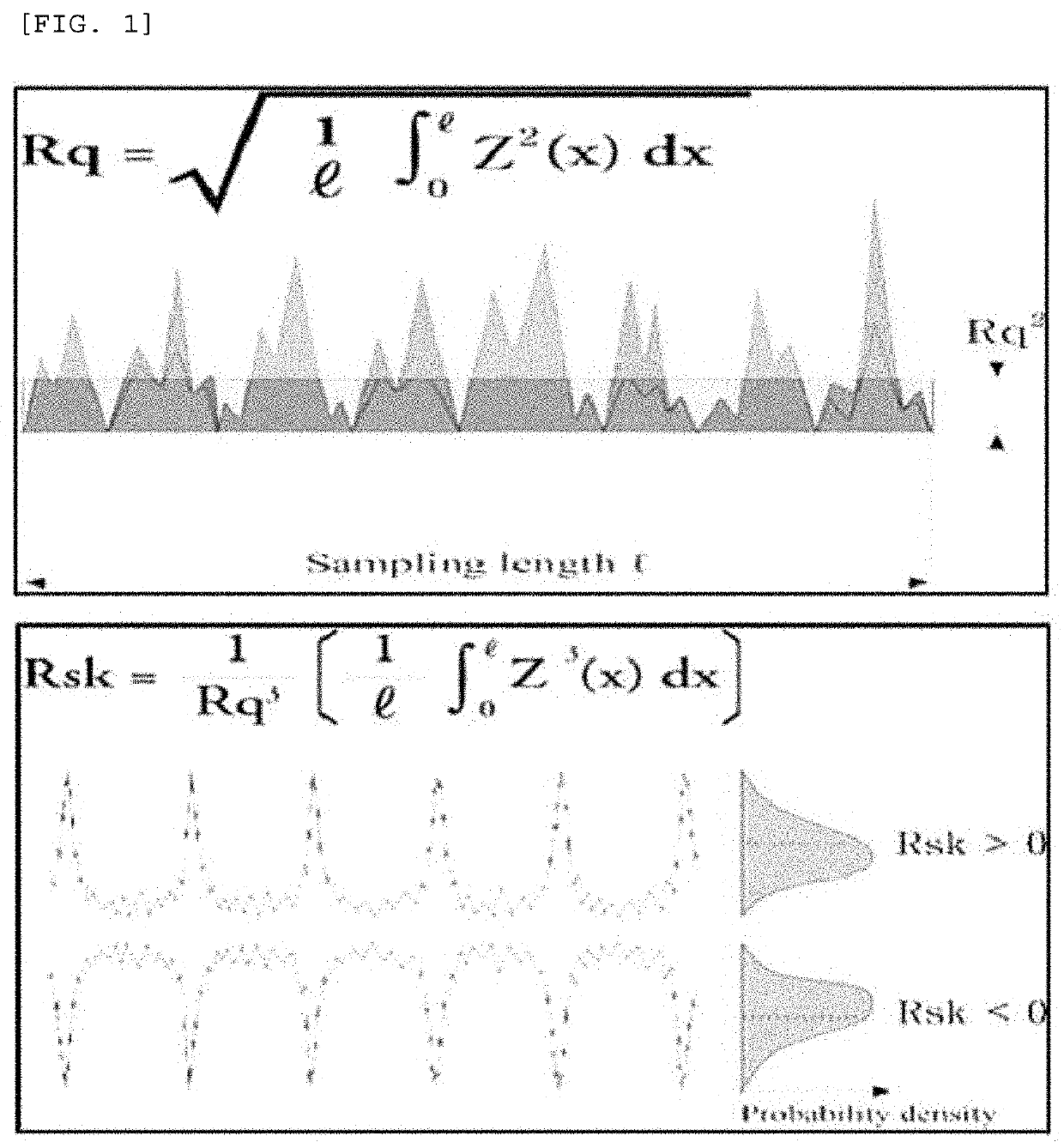Thermoplastic resin composition and molded article including the same
- Summary
- Abstract
- Description
- Claims
- Application Information
AI Technical Summary
Benefits of technology
Problems solved by technology
Method used
Image
Examples
Example
Examples 1 to 6 and Comparative Examples 1 to 5
[0131]As shown in Table 1 below, the components were added according to the contents. At this time, 0.5 parts by weight of EBS (manufactured by SUNKOO Co.) as a lubricant, 0.4 parts by weight of octadecyl 3-(3,5-di-tert-butyl-4-hydroxyphenyl)propanoate and 0.4 parts by weight of tris(2,4-di-tert-butylphenyl)phosphite) as antioxidants, 0.6 parts by weight of Tinuvin 329 (manufactured by BASF), which is a benzotriazole-based UV stabilizer, and 0.6 parts by weight of Tinuvin 770 (manufactured by BASF), which is a HALS-based UV stabilizer were added to each sample and mixed uniformly, and then the mixture was kneaded and extruded at 280° C. using a twin-screw extruder to prepare pellets. In addition, the pellets were used to prepare a sheet having a thickness of 0.15 T. At this time, the sheet was prepared using a single screw T-die extruder under conditions of barrel temperatures of 50, 190, 190, and 190° C. and die temperatures of 200, 20...
PUM
 Login to View More
Login to View More Abstract
Description
Claims
Application Information
 Login to View More
Login to View More - R&D
- Intellectual Property
- Life Sciences
- Materials
- Tech Scout
- Unparalleled Data Quality
- Higher Quality Content
- 60% Fewer Hallucinations
Browse by: Latest US Patents, China's latest patents, Technical Efficacy Thesaurus, Application Domain, Technology Topic, Popular Technical Reports.
© 2025 PatSnap. All rights reserved.Legal|Privacy policy|Modern Slavery Act Transparency Statement|Sitemap|About US| Contact US: help@patsnap.com

